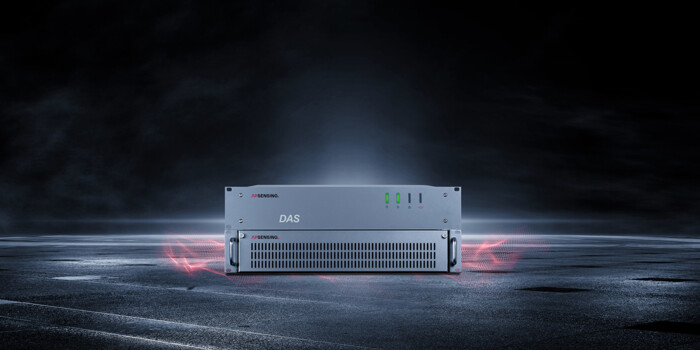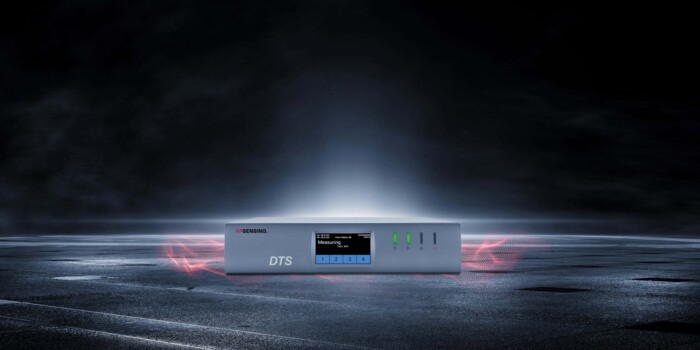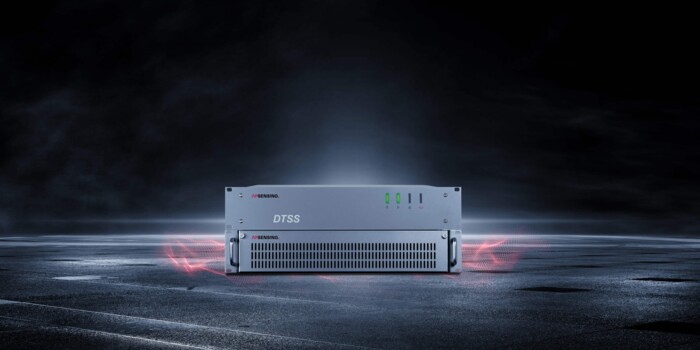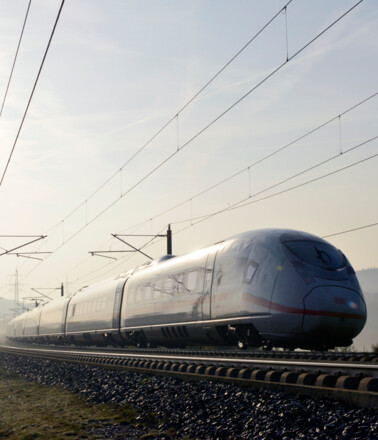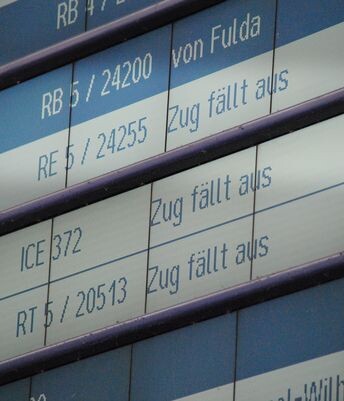In today’s interconnected world, the protection and monitoring of critical infrastructures (CIs) is more important than ever. From transportation systems to telecommunications networks, ensuring the continuous operation of these essential services is crucial to the security, safety and prosperity of societies. Protecting critical infrastructure is a key focus for government agencies, infrastructure owners, and the private sector. Regulations like the European NIS 2 directive drive new standards in physical security of CIs.
Challenges in Securing Critical Infrastructure
As critical infrastructure expands in both size and complexity, monitoring and protection become increasingly challenging. Vast networks—often stretching across thousands of kilometers—pose significant difficulties for effective surveillance. Moreover, targeted attacks on railways, telecommunications networks, or airports are becoming a growing concern. The opportunity lies in adopting advanced, automated systems that can continuously monitor infrastructure, identify potential risks, and respond immediately to prevent disruption. With AP Sensing’s fiber optic sensing technology, operators can safeguard their assets while improving efficiency and minimizing operational downtime.
Real-Time Infrastructure Monitoring
AP Sensing’s innovative solutions provide real-time, comprehensive monitoring to detect, classify and locate events enabling operators to address and mitigate threats before they lead to major disruptions. Using Distributed Fiber Optic Sensing (DFOS), we offer reliable, long-range monitoring systems that help safeguard infrastructure, prevent sabotage, unauthorized intrusions, and other harmful activities.
AP Sensing's Monitoring Approach
In the same way the human nervous system transmits signals to detect pain or touch, AP Sensing’s Distributed Fiber Optic Sensing (DFOS) technology acts as the “nervous system” of critical infrastructure. DFOS uses a single optical fiber running parallel to infrastructure to continuously monitor for potential threats. It can detect, locate, and identify unusual activities in real time, enabling operators to take immediate action and prevent damage or disruptions.
Within our DFOS solutions, Distributed Acoustic Sensing (DAS) plays a pivotal role by focusing on detecting and analyzing acoustic signals and vibrations. DAS is crucial for tracking movement of objects like cars, ships, and people, and for identifying third party intrusion (TPI) activities such as tunneling, digging, or other forms of excavation. With DAS, operators gain precise, real-time situational awareness, ensuring uninterrupted operation and enhanced physical security.
AP Sensing provides tailored, comprehensive solutions designed to meet operators' specific challenges in applications such as
- Railways and railroads
- Telecommunication networks
- Airports
- Borders
- Military installations
- Nuclear facilities
In addition to DAS technology, Distributed Temperature Sensing (DTS) and Distributed Temperature & Strain Sensing (DTSS) technology offer important capabilities for monitoring the condition of bridges, dams, embankments and other geotechnical systems. By continuously measuring strain and strain changes, as well as temperature and temperature changes, the DFOS portfolio enables early detection of critical signs of ageing or failure in such structures. With its unique ability to measure over space and time, it provides unrivaled insight into the health and condition of large assets.
Technologies Used in Critical Infrastructure Monitoring
Distributed Acoustic Sensing (DAS)
AP Sensing’s Distributed Acoustic Sensing (DAS) technology is key to protecting critical infrastructure. By utilizing existing fiber optic networks, our systems detect vibrations and capture acoustic energy in real time at each point along the fiber optic cable. Combined with our AI (artificial intelligence) we are providing precise localization and classifying events like an intrusion, approaching people or vehicles, or digging and drilling.
Our DAS system is based on coherent optical time domain reflectometry (C-OTDR), which uses Rayleigh backscattering to detect acoustic signals over long distances. AP Sensing's proprietary 2P Squared technology combines phase and amplitude measurements to ensure high signal quality and stability over extended ranges, providing a monitoring reach of up to 100 km.
A critical advantage of our DAS technology is the integration of advanced machine learning algorithms. These algorithms continuously analyze the vast amount of data collected, learning from each detected event to improve the system’s ability to distinguish between routine activities and potential threats. For instance, the system can differentiate between benign vibrations caused by environmental factors (like weather or animals) and serious threats such as tunneling.
Distributed Temperature Sensing (DTS)
Distributed Temperature Sensing (DTS) is an advanced fiber optic technology that provides continuous, real-time temperature monitoring over long distances. By detecting even the slightest temperature variations, DTS enables precise localization of heat sources, overheating, or fire hazards.
In railway monitoring, DTS ensures the safety of tunnels, cable ducts, and tracks by identifying potential fire risks. With its high reliability and low maintenance, DTS is a robust solution for proactive infrastructure protection.
Distributed Temperature & Strain Sensing (DTSS)
AP Sensing’s Distributed Temperature and Strain Sensing (DTSS) technology provides essential insights into the thermal and mechanical health of infrastructure assets over extensive distances. Using Brillouin-based optical time domain reflectometry (OTDR), our DTSS systems continuously monitor temperature and strain changes. Our DTSS sends a laser pulse through a fiber optic cable and analyzes the reflected signal to precisely locate thermal or strain anomalies along the fiber, making it ideal for large-scale applications. This real-time data enables early detection of issues like thermal hotspots, excessive mechanical stress, and structural shifts in assets such as power cables, pipelines, and bridges.
DTSS is immune to electromagnetic interference, ensuring dependable performance in environments with high EMI, like power substations. Cost-effective and requiring minimal upkeep, DTSS provides a robust solution for maintaining critical infrastructure and supporting sustainable asset management.
With a proven track record and continued innovation, AP Sensing offers a completely integrated, end-to-end solution made in Germany. Our team works together with you to select the right combination of technologies to fit your requirements. We also provide onsite services, hotline and online support, maintenance and product training.
Find all our brochures, application flyer, product flyers, videos and further case studies in our media library.


